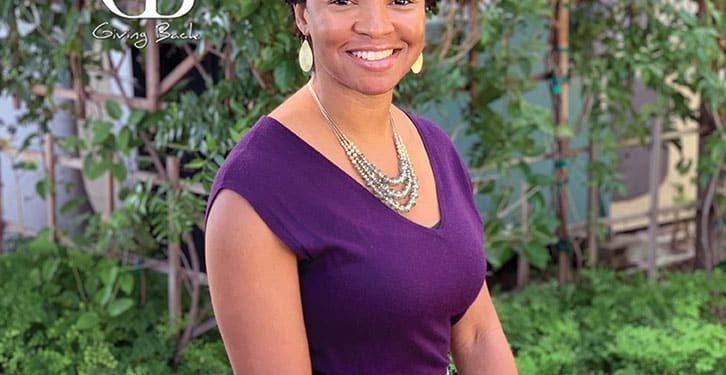Carrie Sawyer

Businesses around the country are encountering barriers in innovation. Despite evolving at a faster pace than ever, the current state of technology is still plagued with inequality, a byproduct of having limited voices represented in the design process. As a result, there has been a surge of conversations surrounding the lack of diversity across industries.
But, for Carrie Sawyer, CEO and founder of Diversity by Design, this tug-of-war between corporations and their workforce presented an opportunity to take a more human-centered approach to design via Design Thinking. If you cut through the jargon, Design Thinking involves uncovering powerful solutions using a systematic problem-solving methodology. Essentially, it is about identifying a problem, studying it from multiple angles, generating ideas and implementing the most sustainable solution(s).
Carrie shared “What sparked my interest in Design Thinking is that it is not necessarily just about processes and tools, but it is about creating value for people. I think that in order to truly get the most out of technology, we need to have an in-depth understanding of the needs and experiences of the people who will use it.”
Carrie’s eclectic background in computer science and user experience design helped equip her with the tools to start applying Design Thinking concepts in her career. After earning her master’s in Human Computer Interaction from the University of Michigan and her bachelor’s in New Media Arts and Science from Indiana University, Carrie began working as a User Experience Researcher and Architect and would eventually go on to serve as Intel’s Diversity Program Manager. But it was at Qualcomm, where she was hired on as the Manager of Inclusion and Diversity, where her passion for diversity and its impact on businesses really began to take shape.
“While at Qualcomm, I was volunteering in several women’s groups and minority groups and was looking to figure out how to turn that enthusiasm into a game-changing strategy for the company. So, I created a diversity and inclusion roadmap using Design Thinking,” Carrie says. “I kicked off the project by trying to identify the pain points within the hiring process. I interviewed everyone from hiring managers and new hires, to interns and vice presidents. From there, I developed a journey map of the process. That way, I could not only find the symptoms, but locate the root cause of the inefficiencies,” she adds.
Carrie is now a bonified Design Thinking expert who is using her expertise to tackle a variety of complex diversity and inclusion challenges affecting organizations and communities through ideation workshops, consulting and training opportunities, and strategy development. She notes, “While the standard perception of diversity is comprised of race, gender and sexual orientation, the more accurate and expansive definition covers everything from learning style to socioeconomic status. Diversity is made up of both visible and invisible components.”
“Your team should be representative of the audience you are serving, which includes a wide swath of people who have different backgrounds and life experiences. To get the full benefit of diversity, you need to foster an environment where everyone is comfortable collaborating,” she adds.
As a proud board member of the Academy of Our Lady of Peace, she has brought her expertise to help build teams with diverse perspectives. Becoming evermore imperative, Carrie and her Design Thinking capabilities will be critical at both a micro level and macro level—helping to diminish social divides and foster more inclusive communities.





